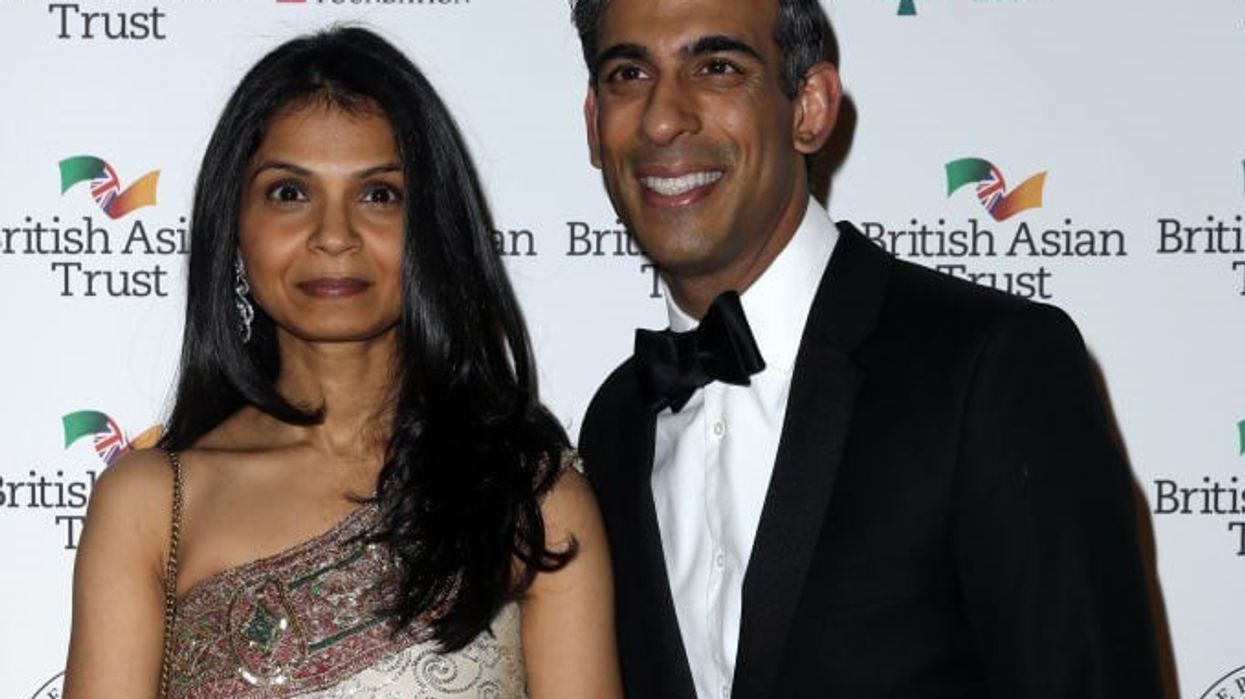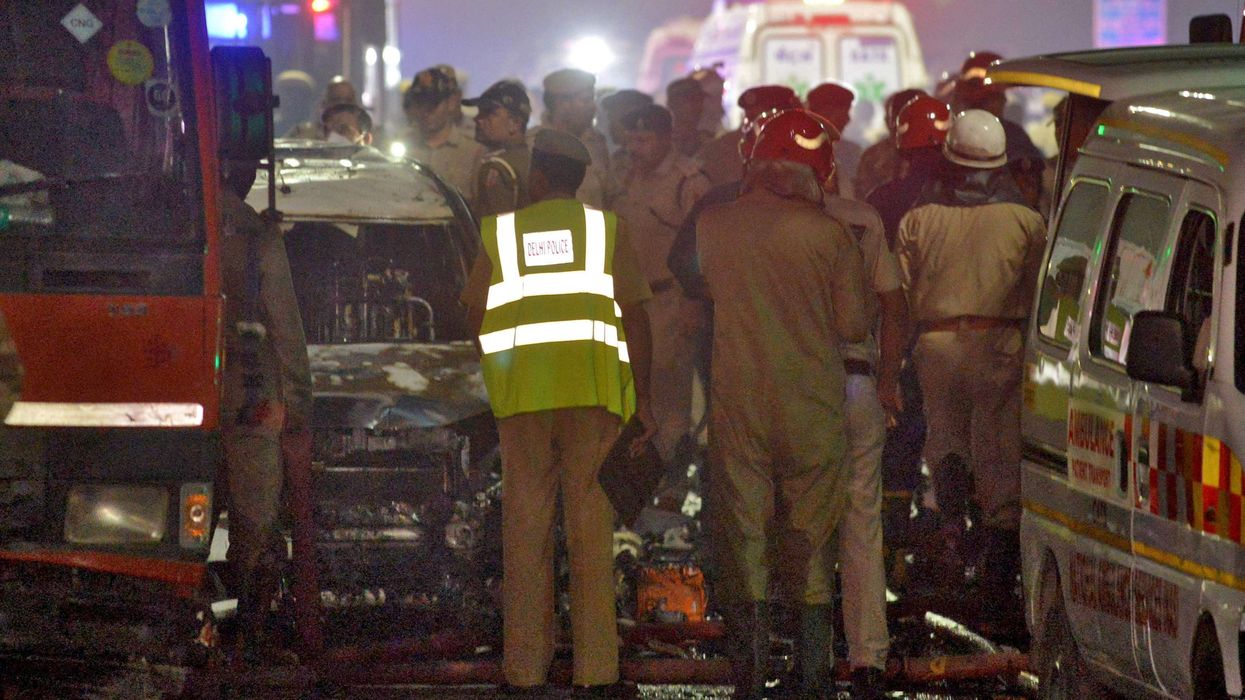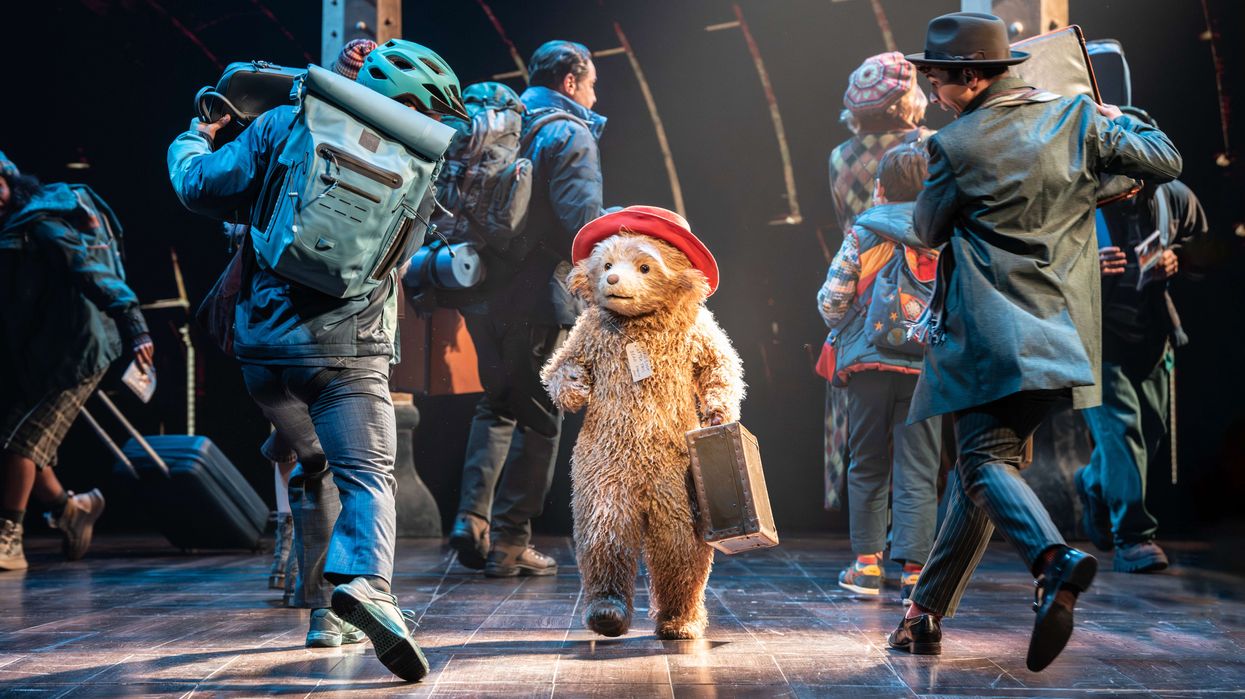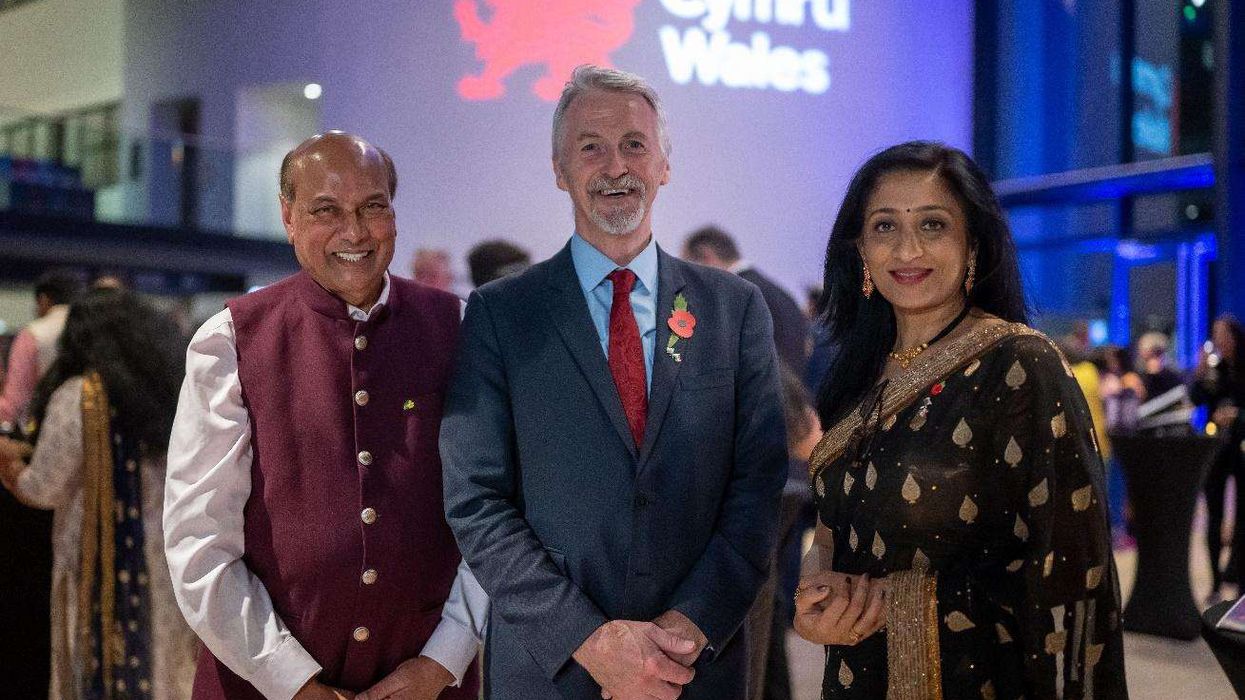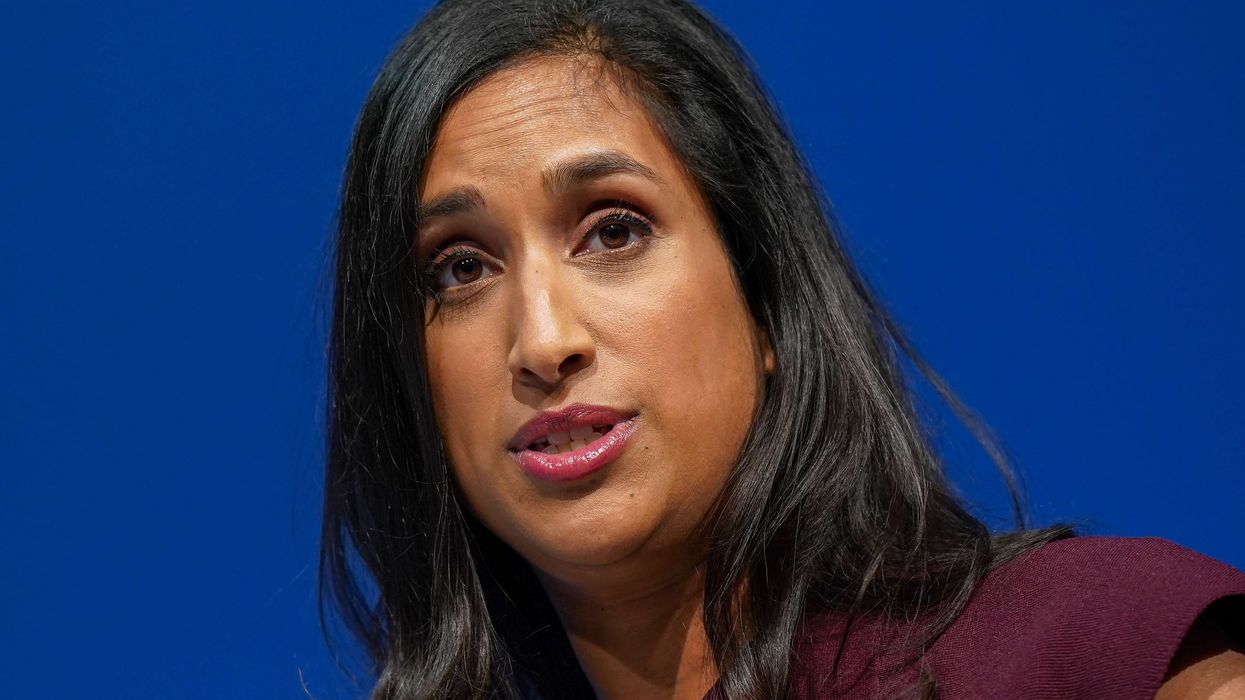RISHI SUNAK and his wife Akshata Murty have donated more than £100,000 to Winchester College, the chancellor’s old private school.
The school’s journal from 2020 puts Sunak on a list of benefactors who have donated over £100,000 in total, suggesting he is a regular donor.
“Rishi and his wife have donated to numerous charities and philanthropic causes for many years and will continue to do so. These donations are made to help fund scholarships for children who would not otherwise have the opportunity to go to Winchester,” a spokesperson for Rishi Sunak said.
Speaking to Sky last month about his time at Winchester, Sunak said, “It’s part of the reason I’m sitting here and I’m really grateful to have had that opportunity…It’s helped make me who I am as a person.”
According to reports, the money funds bursaries for children whose parents would otherwise not be able to afford to send them to the school. The school charges £43,335 a year, or £14,445 a term.
